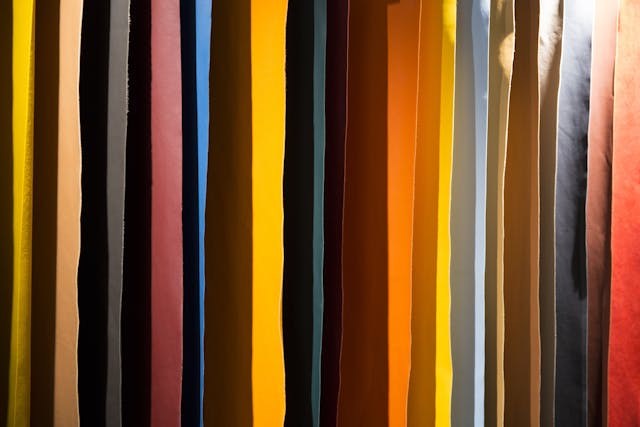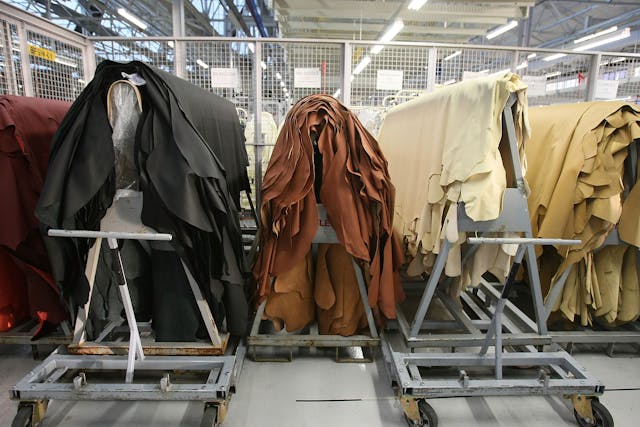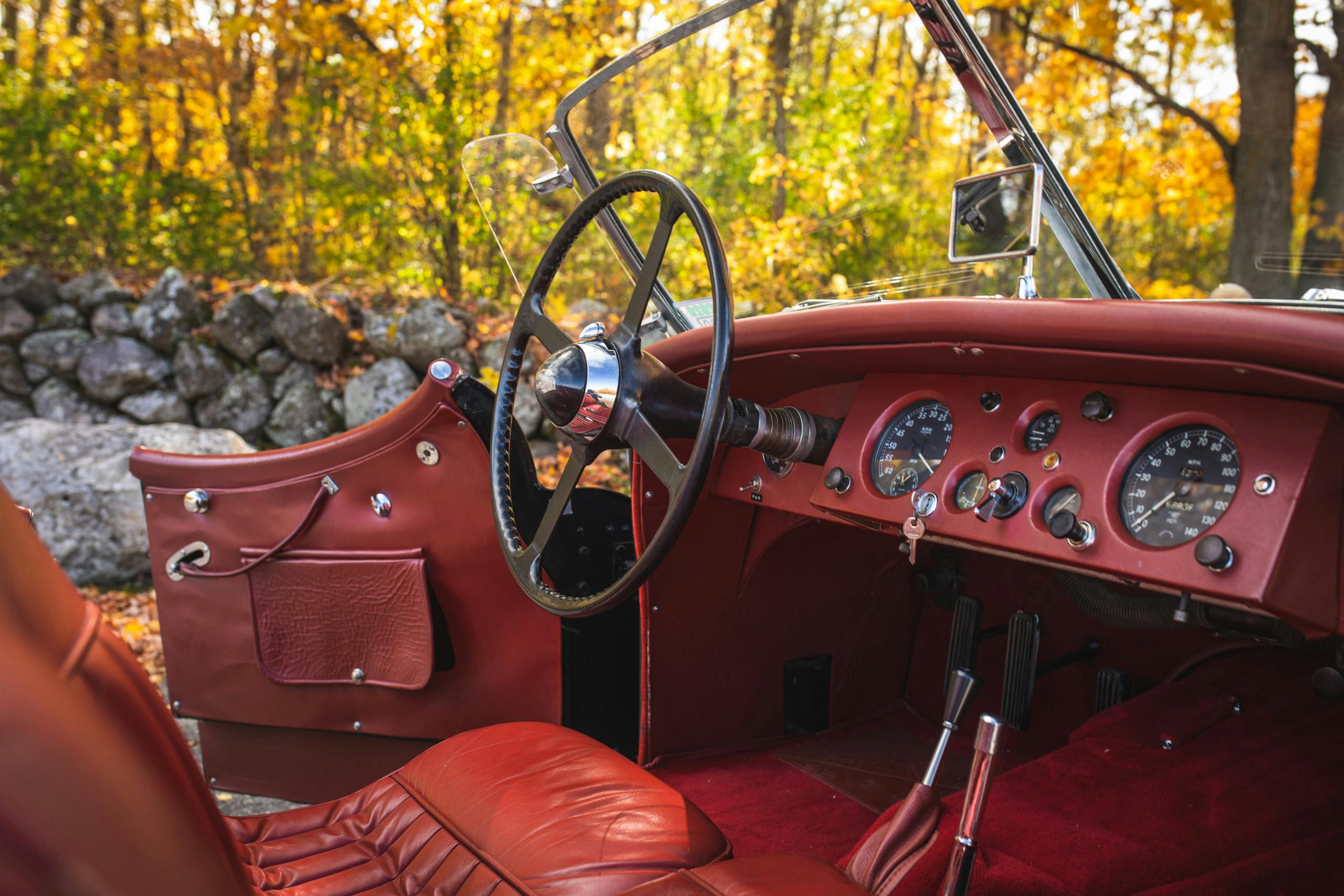Media | Articles
Auto leather isn’t all it’s cracked up to be
When you’re the car guy, you are often relied upon to counsel other folks on the subject of buying or fixing cars. And you should give your knowledge freely, because the rules of the advice bartering system mean that someday, when you need an asparagus steamer or an automatic tennis-ball launcher, you will have questions. Also, you must be prepared to have your sage advice ignored, as mine frequently is when I rant against leather.
So here is leather in a nutshell: They strip the living skin off a bovine, treat it with a lot of toxic stuff with five-syllable names, smoosh it through rollers, chop it into pieces, stitch it up, and then stuff it into the hottest, driest, sun-bleached environment devisable by mankind. In a few short years, it stiffens and cracks, and then develops the flaky consistency of baklava. When it’s hot out, leather is hotter. When it’s cold out, leather is colder. It makes annoying scrunching noises when you move in the seat. It requires periodic smears of icky goo such as lanolin—basically, sheep fat—to stay pliable and soft, or at least a spritz with some over-the-counter preservative. But who does that? Lots of folks have trouble just remembering to change their oil. Leather will inevitably shrink. It will crack. And it will spend every minute as a car seat trying to die. And if you were a car seat, if your mission on this earth was to keep people’s butts off the floor—even those who never miss a Taco Tuesday—wouldn’t you want to die?

Originally, the industry used leather because it was cheap and plentiful. Newer and better products came along. Mohair was popular for a time, a renewable resource that is mowed and collected like lawn clippings off the backs of goats and sheep. Then vinyl arrived to offer the feel of leather but more durability. Car companies often call it leatherette, but nobody is fooled. Mercedes calls its vinyl MB-Tex, because, let’s face it, vinyl is a sucky word. Heck, it’s not even spelled right. It’s spelled like “vin-yell” or “vine-yull.” BMW gives its vinyl the fancy title of SensaTec, because BMW itself died years ago and was replaced by a robot. Toyota calls its vinyl SofTex, which sounds like a porn site for rodeo clowns.
Of course, leather must be used to restore a classic that had leather originally. I am not looking forward to encountering my first Ferrari 250 Cal Spyder lined with terry cloth. And I don’t advocate people trying to stitch leather themselves. I tried, on my mom’s old Singer Touch & Sew Model 603E. I actually got a decent French topstitch going, the metal gears of the Singer—made when stuff was made right—ramming the needle through multiple layers of hide. But when I gazed back at my work, the stitch line looked like the tracks of a rabbit leaving a bar. I gave up and vowed to hate leather.

All of which made me snicker when I read an opinion piece in the trade rag Automotive News headlined, “Yes, using leather in EVs is good for the environment.” The writer, you will perhaps not be surprised to learn, is president of the Leather and Hide Council of America. He states that leather’s main alternative, vinyl, is just petroleum-based plastic wearing a tuxedo and that you might as well upholster your car with an oil spill. Also, he continues, not selecting leather means millions of cowhides go to landfills. Apparently, about 120 million are dumped every year, an unnecessary waste when everything down to the Little Tikes Cozy Coupe could have leather seats.
Marketplace
Buy and sell classics with confidence
Which raises the question: If we’re tossing so much leather, why do automakers charge more for it than cloth (ha, when you can get it!) or MBSensaSofTex? What doesn’t need an answer is why this guy didn’t mention the other obvious solution to all this wasted leather: eating less meat, which would also cut methane emissions. You didn’t think that rich leather smell was natural, did you? If it were, cattle feedlots would be tourist attractions. Think about that the next time you’re rubbing lanolin into your buckets.














Most, if not all car manufacturers use bonded leather. Bonded leather is made up of ground up animal skins, then bound together with polyurethane. The final product is then coated in more polyurethane, so sitting on it is no different than sitting on vinyl.
Terrific article. Good job. Thanks. Also, some of us are both autoholics and vegan.